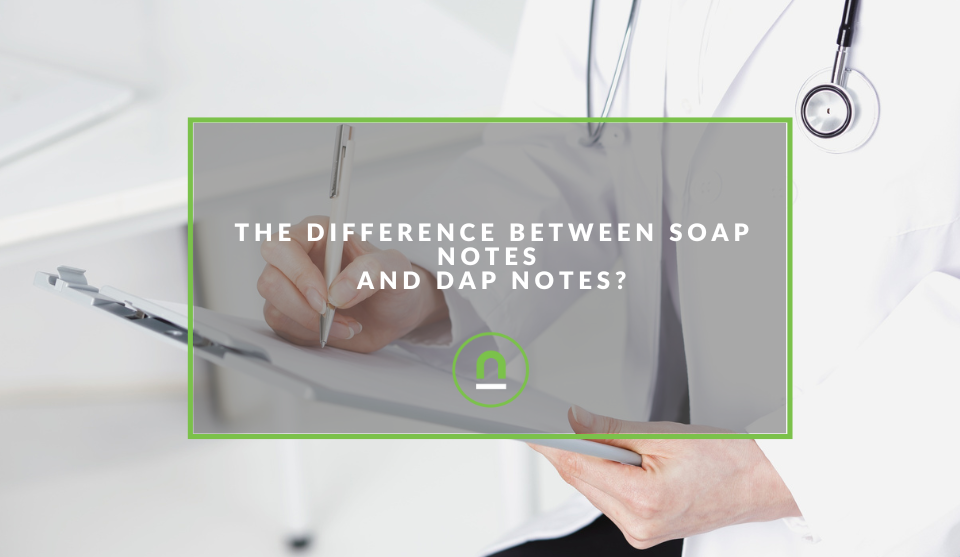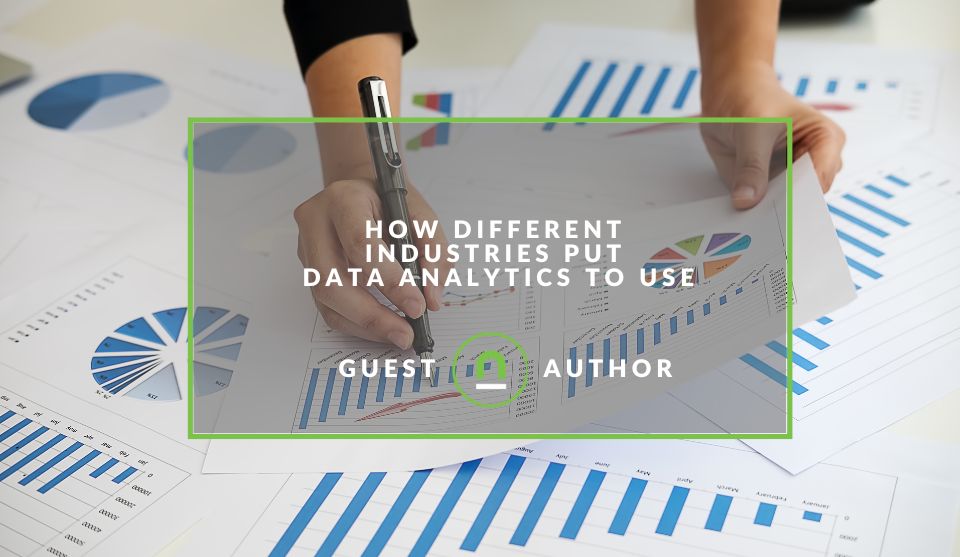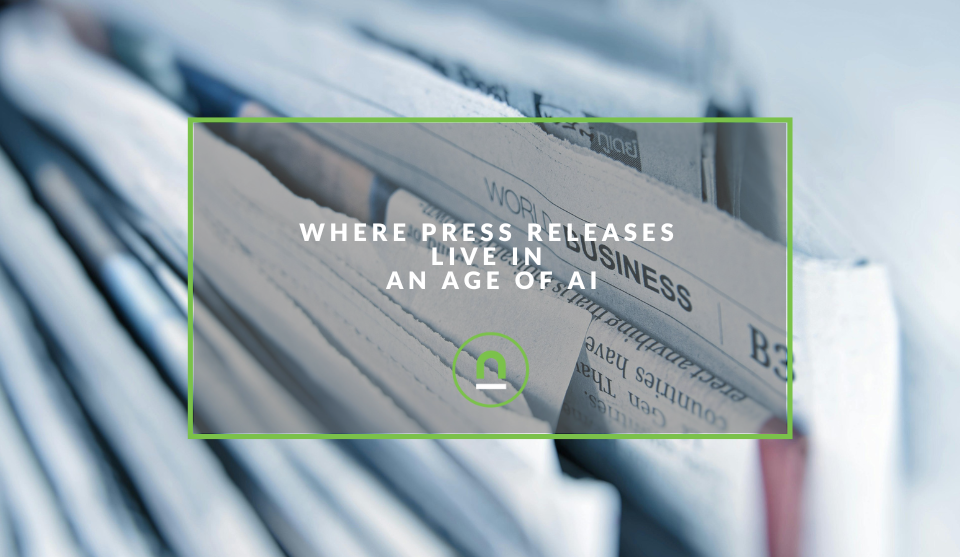Recent posts

nichemarket Advice
The South African VAT Threshold Chokehold
05 December 2025

Doctors Orders
The Difference Between SOAP Notes and DAP Notes
02 December 2025

Petrol heads
Why Load Bin Accessories Make Your Bakkie So Much Easier to Live With
26 November 2025

Alarming
What Is The Part Time Job WhatsApp Scam?
25 November 2025
Popular posts
Extravaganza
Trending Music Hashtags To Get Your Posts Noticed
24 August 2018
Geek Chic
How To Fix iPhone/iPad Only Charging In Certain Positions
05 July 2020
Extravaganza
Trending Wedding Hashtags To Get Your Posts Noticed
18 September 2018
Money Talks
How To Find Coupons & Vouchers Online In South Africa
28 March 2019
How Different Industries Put Data Analytics To Use
03 November 2022 | 2 comments | Posted by Dea Muric in Industry Experts
In a world that is driven by data, organisations across industries now collect and generate a rich variety of raw data every day. The data sets that these organisations work with can either be structured or unstructured.
Each set of data, structured or not, contains a mixture of chaff and valuable insights. For your ordinary business manager, these valuable insights are hard to identify and make sense of. That is why organisations have to use data analytics to separate out the chaff and unlock the full potential of these insights.
It is by implementing data insights that companies are then able to design and manufacture products that meet specific needs, personalise marketing pitches & customer experience, identify & mitigate business risks, streamline operations, and forecast more accurately. Put simply, data analytics helps organisations compete effectively.
How Top Industries Put Data Analytics to Use
1. Retail
One of the few silver linings of the COVID-19 pandemic was the unprecedented upsurge in online shopping. That accelerated the uptake of e-commerce in the retail industry, which was already on the rise. When people shop online, e-commerce platforms collect and store vast quantities of data, including shopping history, payment history, customer preferences, user personal details, etc.
This data helps e-commerce businesses to understand the real identity of their ideal client. Retail businesses put data analytics to use in the form of predictive data analysis. They use predictive data analysis to examine, predict, and project consumer purchase patterns and preferences.
This helps them to improve their marketing strategies and personalise their messaging. Data analytics also helps retail companies to stay in tune with changing market trends, which gives them a competitive edge in the fast-changing industry.
2. Banking and trade
Banking and financial markets are defined by high-frequency trading. Trade analytics help banks, stock brokers, and hedge fund managers predict changes in trading patterns over a specified timeframe, which helps them to make smart trading decisions.
These industries are also plagued by security threats such as money laundering and international money fraud, as well as an erratic global economy. That is why they deploy big data technologies to conduct risk analysis, fraud mitigation, and monitor fluctuations in the financial market.
3. Healthcare
Thanks to the advancement of the internet of things (IoT), professionals in the medical field are now able to collect tons of patient data through devices like smartphones and wearables.
They can now monitor patients’ blood sugar levels, blood pressure, heart rate, etc., from remote locations. The data they collect help doctors understand their patients’ pain points on a minute-by-minute account, which means better healthcare services.
The healthcare sector largely depends on these data analytics:
- Descriptive analytics: This one analyses historical data and is able to discover patterns in a patient’s healthcare journey. It draws comparisons between the past and the present for patterns that have already occurred.
- Predictive analytics: After using descriptive analytics to draw comparisons between current and historical data, predictive analytics make predictions about what could happen next in a patient’s medical journey.
- Prescriptive analytics: Using machine learning, healthcare providers are able to determine the most appropriate course of action for the most ideal results.
4. Agribusiness
Farmers around the world now embrace data-driven farming practices. Stakeholders in this sector now use farm tools and equipment that are equipped with soil sensors and GPS trackers to gain deeper visibility into agricultural practices (when, where, and how to plant).
Real-time weather forecasting data has also been instrumental in increasing innovation and productivity and consequently boosting agricultural returns. It gives farmers a better understanding of environmental challenges and helps them navigate the challenges of weather fluctuation.
Through data analytics, stakeholders in the agriculture sector track and analyse changing insect behaviour and crop diseases. That helps farmers to prepare their crops in readiness for predicted insect invasions or diseases, all without wasting resources. And when it comes to selling their farm produce, farmers are able to make evidence-based decisions with regard to pricing, supply chain management, and the entire agribusiness value chain.
5. Aeronautics
Predictive analytics tell stakeholders in the aviation industry, when most people book flight tickets, the probability of machine failure, weather challenges, and possible dysfunctions. Big data analytics also give airlines a clear understanding of the frequency of aircraft maintenance, flight delays, accidents, and mistakes by pilots.
6. Online casinos
Online casinos handle millions of games and customers every second. They also draft multiple iterations for each game. That’s why they use big data analytics to gather information about players throughout the globe. Big data analytics allow casinos to generate real-time strategies, especially with regard to game selection, deposits, and withdrawals.
7. Communication and media
Communications, media, and entertainment providers now collect, analyse, and utilise real-time data from mobile devices. This data helps them understand who watches their content, through which devices, and at what time of the day.
They use data from social media to define their target audiences, appeal better to the ideal content consumer, and even recommend on-demand content. Spotify, for example, has had tremendous success using big data analytics to personalise on-demand music streams for its millions of daily users.
Big data and robotics
Big data analytics is, without a doubt, mandatory for business success in today’s data-filled world. Unfortunately, there are many SMEs that haven’t been able to take advantage of it because of the huge financial demands that it brings. They can’t afford to, for example, hire data scientists, analysts, or researchers. To compete successfully with larger companies, SMEs have to turn to data-driven machine-learning robots to gather, analyse, and make sense of big data.
Data-driven machine learning robots (or data robotics) are tech tools and applications that are anchored on self-learning and AI technologies. With the support of Machine Learning for robotics, these tools are able to automate data collection and analysis for straightforward and recurring data.
The data robots can then develop new knowledge, which they use to make assessments & predictions, provide feedback, and give recommendations. Users get all this information from a centralised dashboard, and they don’t need to be data experts to make sense of it.
Final word
Data analytics provides businesses with the tools and knowledge needed to make sense of the world of big data. When well utilised, big data analytics will help your business to improve decision-making, maximise efficiency, optimise resource utilisation, reduce time wastage, and enhance profitability.
The industries above are just a few of thousands of those that have utilised data analytics to achieve better and sustainable business targets. Don’t be left behind.
Tell us your story
Would you like to write for nichemarket just like Dea has? Find out how to submit a guest post and when you're ready, you can contact us.
Are you looking to promote your business?
South African businesses can create their free business listing on nichemarket. The more information you provide about your business, the easier it will be for your customers to find you online.
Registering with nichemarket is easy; all you will need to do is head over to our sign-up form and follow the instructions. If you require a more detailed guide on how to create your profile or your listing, then we highly recommend you check out the following articles.
Recommended reading
If you enjoyed this post and have time to spare, why not check out these related posts and dive deeper down the rabbit hole that is customer relationship management.
You might also like
How Data Has Changed The Healthcare Sector
24 November 2025
Posted by Victoria Maxwell in Doctors Orders
Data drives healthcare evolution: enhancing precision medicine, improving diagnostics, streamlining operations, accelerating drug discovery and more
Read moreWhere Press Releases Live In An Age of AI
21 November 2025
Posted by Che Kohler in nichemarket Advice
How the press release landscape will be affected by the move to AI overviews in search, users moving to LLMs for information and AI summary tools on ...
Read more{{comment.sUserName}}
{{comment.iDayLastEdit}} day ago
{{comment.iDayLastEdit}} days ago
 {{blogcategory.sCategoryName}}
{{blogcategory.sCategoryName}}


